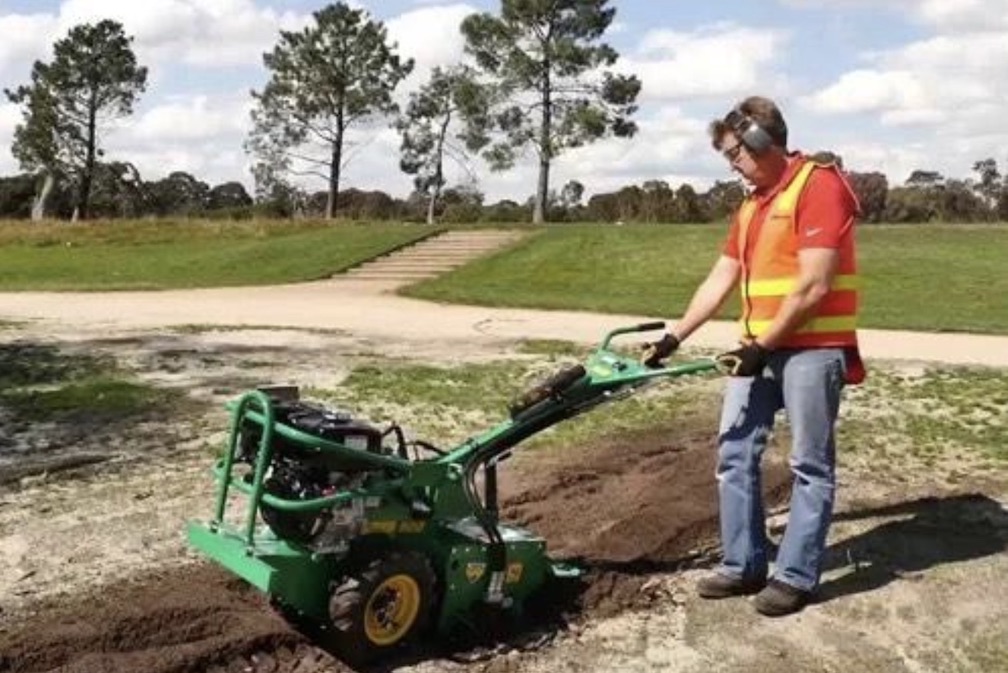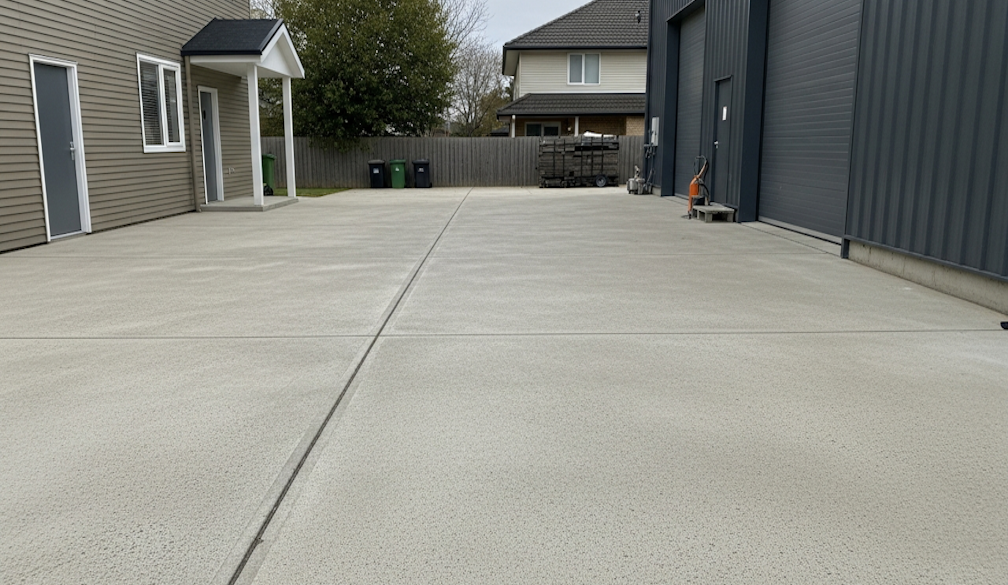Transform Your Garden In Minutes!
- Written by Modern Australian

Tilling is an essential step in gardening that helps prepare the soil for planting. It involves breaking up the soil, removing weeds and debris, and creating a loose and fertile bed for plants to grow. One tool that has revolutionized the tilling process is the rotary tiller. In this article, we will explore the basics of rotary tillers, how to choose the right one for your garden, and the benefits of using a rotary tiller in your gardening endeavors.
Understanding the Basics: What is a Rotary Tiller?
A rotary tiller is a powered gardening tool that uses rotating blades or tines to break up and mix the soil. Unlike other types of tillers, such as front-tine or rear-tine tillers, garden tillers have blades that rotate horizontally. This motion allows for efficient soil cultivation and preparation.
The main components of a garden tiller include the engine, transmission, tines, and wheels. The engine provides the power to rotate the tines, while the transmission controls the speed and direction of the tines. The tines are responsible for breaking up the soil, while the wheels help maneuver the tiller through the garden.
Choosing the Right Rotary Tiller for Your Garden
When choosing a rotary tiller for your garden, consider the size and type of your garden. For small gardens or raised beds, a 12-18 inch wide tiller may suffice. Larger gardens or fields may require a 24-36 inch or wider tiller.
Soil type is another factor to consider. Heavy clay soil may need a powerful tiller with larger tines, while sandy soil may be suitable for a smaller tiller with finer tines.
Lastly, consider your physical capabilities and preferences. Some tillers are self-propelled, while others require manual pushing or pulling. Select a tiller that you can comfortably operate for extended periods.
Preparing Your Garden for Tilling: Essential Steps to Take
Before using a rotary tiller in your garden, there are several essential steps you should take to prepare the area. First, clear the garden of any debris, such as rocks, branches, or large clumps of weeds. These can damage the tiller or interfere with its operation.
Next, test the soil pH and nutrient levels. This will help you determine if any amendments are needed to optimize the soil for plant growth. Adjusting the pH and nutrient levels can be done by adding lime or sulfur for pH adjustment and organic matter or fertilizers for nutrient enrichment.
Lastly, properly mark the boundaries of your garden. This will help you stay within the designated area while tilling and prevent accidental damage to surrounding plants or structures.
Unleashing the Power: How to Properly Use a Rotary Tiller
Before starting the tiller, it is important to take safety precautions. Wear protective gear such as gloves, goggles, and sturdy shoes. Clear the area of any bystanders or pets to avoid accidents.
To operate the rotary tiller, start by adjusting the depth control lever to the desired depth. Lowering the tines too deep can damage plant roots, while not going deep enough may not effectively break up compacted soil.
Next, start the engine according to the manufacturer's instructions. Once the engine is running smoothly, engage the tines by pulling the engagement lever or engaging the clutch. Slowly walk forward while guiding the tiller through the garden. Keep a steady pace to ensure even tilling.
To achieve the desired depth and consistency, make multiple passes over the garden, overlapping each pass slightly. This will ensure that the soil is thoroughly tilled and any clumps or weeds are broken up.
Benefits of Using a Rotary Tiller in Your Garden
Using a rotary tiller in your garden offers several benefits. First, it improves soil structure and drainage. Tilling breaks up compacted soil, allowing air, water, and nutrients to penetrate deep into the soil. This promotes root growth and overall plant health.
Second, tilling increases nutrient availability for plants. By breaking up the soil and mixing in organic matter or fertilizers, you can ensure that nutrients are evenly distributed throughout the soil. This provides a nutrient-rich environment for plants to thrive.
Lastly, tilling helps reduce weeds and pests. By breaking up the soil and exposing weed seeds to sunlight, you can prevent them from germinating. Tilling also disrupts the habitat of pests, making it more difficult for them to establish themselves in your garden.
Tilling Techniques for Different Types of Soil
Different soil types require specific tilling techniques for optimal results. For sandy soil, avoid over-tilling to prevent erosion and nutrient leaching. Instead, lightly pass the tiller to break up clumps and mix in organic matter.
For clay soil, till when slightly moist but not overly wet to ease compaction. Make multiple passes to break up the clay and mix in organic matter. Loamy soil is ideal for gardening, as it retains moisture while allowing good drainage. Till to a depth of 6-8 inches for proper aeration and nutrient distribution. Incorporate organic matter for improved fertility.
Tackling Common Garden Problems with a Rotary Tiller
A rotary tiller can help address common garden problems such as compacted soil, excessive weeds or grass, and poor drainage. To address compacted soil, make multiple passes with the tiller at different angles to break up the compacted layers. Incorporate organic matter or compost into the soil to improve its structure.
To deal with excessive weeds or grass, use the tiller to break up the vegetation and expose the roots to sunlight. This will prevent the weeds or grass from regrowing. Consider using a tiller with a weed attachment or applying mulch after tilling to further suppress weed growth.
For poor drainage, tilling can help improve soil structure and create channels for water to flow through. Make sure to till when the soil is slightly moist but not overly wet, as overly wet soil can become compacted and worsen drainage issues.
Maintaining Your Rotary Tiller: Tips for Long-lasting Performance
To ensure long-lasting performance of your rotary tiller, regular maintenance is essential. After each use, clean the tiller thoroughly to remove any debris or soil that may have accumulated. Lubricate moving parts such as the tines and wheels to prevent rust and ensure smooth operation.
Regularly check and replace any worn or damaged parts, such as belts or blades. This will help maintain optimal performance and prevent further damage to the tiller.
During the off-season, store the tiller in a dry and secure location. Protect it from extreme temperatures and moisture to prevent rust or damage.
Enhancing Soil Health with a Rotary Tiller
In addition to preparing the soil for planting, a rotary tiller can also be used to enhance soil health. One way to do this is by incorporating organic matter into the soil. This can be done by tilling in compost, manure, or cover crops. Organic matter improves soil structure, increases nutrient availability, and promotes beneficial microbial activity.
Using cover crops is another effective way to improve soil fertility. Cover crops, such as legumes or grasses, are planted specifically to improve soil health. They help fix nitrogen, prevent erosion, and add organic matter when tilled into the soil.
Rotating crops is also important for preventing nutrient depletion and disease buildup. By using a rotary tiller to break up the soil between plantings, you can disrupt pest and disease cycles and ensure that nutrients are evenly distributed throughout the garden.
Beyond Tilling: Other Ways to Maximize the Power of Your Rotary Tiller
While tilling is the primary function of a rotary tiller, there are other ways to maximize its power and versatility. One way is by mixing in soil amendments and fertilizers. After tilling, spread amendments such as lime or sulfur to adjust the pH of the soil. You can also incorporate granular or liquid fertilizers to provide additional nutrients for plant growth.
Creating raised beds or garden rows is another way to maximize the power of your rotary tiller. By tilling the soil into mounds or rows, you can improve drainage and create defined planting areas. This can be especially beneficial for gardens with heavy clay or poorly drained soil.
Incorporating mulch or compost into the soil is yet another way to enhance the power of your rotary tiller. After tilling, spread a layer of organic mulch or compost over the soil surface. This will help retain moisture, suppress weed growth, and add nutrients to the soil as it breaks down.
Conclusion
In conclusion, rotary tillers are powerful tools that can greatly simplify and improve the tilling process in your garden. By understanding the basics of rotary tillers, choosing the right one for your garden, and following proper tilling techniques, you can reap the benefits of improved soil structure, increased nutrient availability, and reduced weeds and pests. With regular maintenance and the use of additional techniques such as incorporating organic matter and using cover crops, you can further enhance soil health and maximize the power of your rotary tiller. So why not give it a try and see the difference it can make in your gardening endeavors?

























